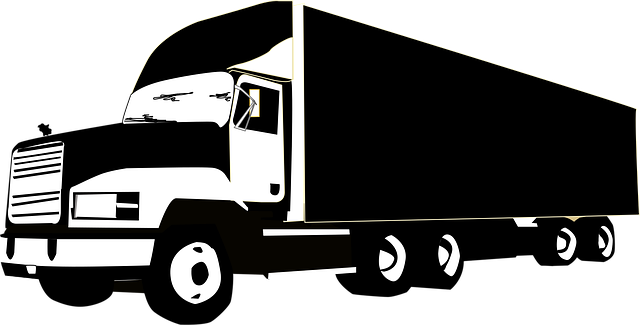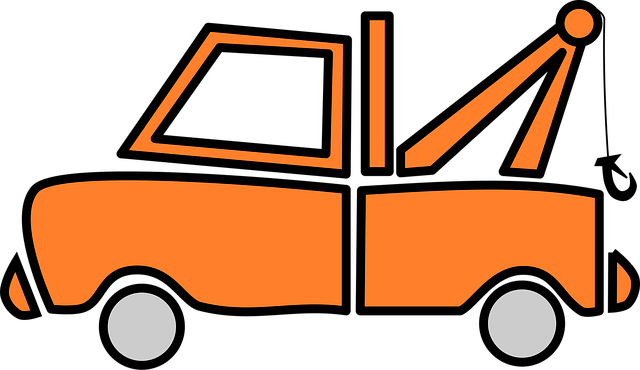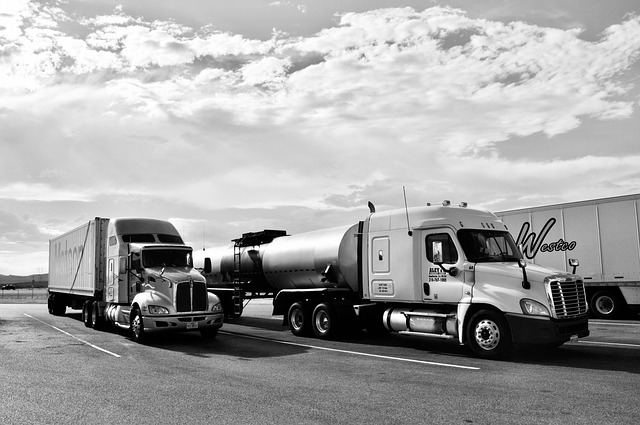Register Car California: DMV VIN Verifier Guide
“Learn how to register your car in California with our comprehensive guide. Navigating the process is easier than you think! First, understand the state’s requirements, including necessary documents l…….

“Learn how to register your car in California with our comprehensive guide. Navigating the process is easier than you think! First, understand the state’s requirements, including necessary documents like proof of insurance and ownership. Next, gather these and visit a local DMV office or utilize online services. Ensure your Vehicle Identification Number (VIN) is accurate using a reliable dmv vin verifier. Fill out the registration application, double-checking all details, and submit. In no time, you’ll have a registered vehicle in the Golden State.”
- Understand California Car Registration Requirements
- Gather Necessary Documents for Car Registration
- Visit Your Local DMV Office or Use Online Services
- Verify Vehicle Identification Number (VIN) Accuracy
- Complete and Submit Car Registration Application
Understand California Car Registration Requirements

Before registering your car in California, it’s crucial to understand the state’s specific requirements. The California Department of Motor Vehicles (DMV) mandates several essential steps for car registration, including a thorough vehicle inspection. One key component is the verification of the Vehicle Identification Number (VIN). This unique 17-character code is used to identify your vehicle and is often checked using a DMV VIN verifier or mobile VIN inspection tool.
These verifications are crucial to ensure that the car you’re registering matches the information on record, helping to prevent fraud and ensuring safety standards. Both traditional and mobile VIN inspections play a vital role in this process, making it easier for owners to comply with California’s registration regulations.
Gather Necessary Documents for Car Registration

Before heading to the California Department of Motor Vehicles (DMV), make sure you have all the essential documents for car registration. These include your vehicle’s Registration Application, a valid driver’s license or ID card, proof of insurance, and perhaps most importantly, the Vehicle Identification Number (VIN) verifier report. You can obtain this report through a trusted DMV vin verifier service, which provides a quick and convenient online process for even a mobile vin inspection.
Additionally, you’ll need to present any previous registration records, if applicable, along with the necessary fees. Remember to check the specific requirements on the DMV’s website or contact them directly to ensure a smooth registration process, especially when considering options like a mobile vin inspection for added convenience.
Visit Your Local DMV Office or Use Online Services

In California, registering your car involves either visiting your local Department of Motor Vehicles (DMV) office or utilizing their online services, both of which include a crucial step of VIN (Vehicle Identification Number) verification. Start by scheduling an appointment at your nearest DMV, where you can have your vehicle inspected and its VIN checked. Alternatively, opt for a convenient mobile vin verification service that allows a licensed inspector to perform the inspection at your location, making the process even easier.
For online registration, ensure you have accurate information ready, including your VIN. The DMV’s website provides detailed instructions on how to proceed with the registration process digitally. If you prefer a more traditional approach, visiting the DMV in person is straightforward. Bring all necessary documents and expect a quick vin inspection to confirm your vehicle’s authenticity, ensuring a smooth registration experience.
Verify Vehicle Identification Number (VIN) Accuracy

Before registering your car in California, it’s crucial to ensure that the Vehicle Identification Number (VIN) is accurate. A mobile VIN verifier can be a handy tool for this task, allowing you to cross-reference the number with official databases to confirm its validity. This step is essential as a correct VIN is critical for identifying your vehicle and ensures all records are in order at the DMV.
Using a mobile VIN inspection app, you can easily verify the VIN by entering the unique 17-character code into the software, which will then check it against manufacturers’ records and other official sources. This quick process helps prevent errors during registration and protects you from potential issues down the line, ensuring your car’s information is accurately represented throughout the California DMV vin verifier procedure.
Complete and Submit Car Registration Application

To initiate the car registration process in California, the first step is to complete and submit the Car Registration Application. This form can be acquired from any Department of Motor Vehicles (DMV) office or downloaded from their official website. Ensure all information is accurate and up-to-date, including your personal details, vehicle description, and the Vehicle Identification Number (VIN). The VIN is a unique code that can be quickly verified using a DMV VIN verifier or even through mobile vin inspection services for added convenience.
When filling out the application, double-check the accuracy of the make, model, year, and other specifications. Additionally, gather all necessary documents, such as proof of insurance, vehicle title (if applicable), and any relevant registration fees. After completing the form, submit it along with your required documentation to a local DMV office, where personnel will process your application and facilitate the next steps in registering your vehicle.
Registering a car in California is a straightforward process, but understanding the requirements and gathering the right documents are essential. By visiting your local DMV or utilizing online services, you can efficiently complete the registration. Ensure your Vehicle Identification Number (VIN) is accurate using a reliable dmv vin verifier to avoid any delays. Following these steps will have you cruising legally on California’s roads in no time.







